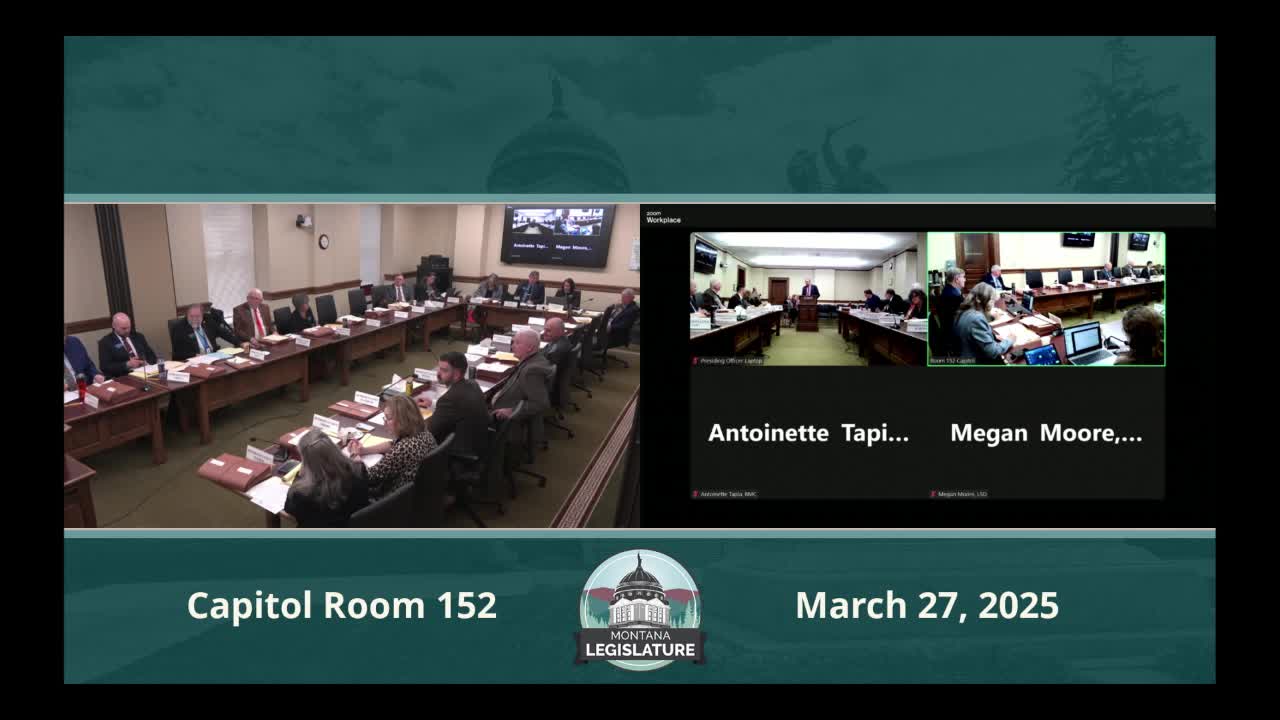Montana's new 529 plan changes enhance tax benefits for education savings
March 27, 2025 | 2025 Legislature MT, Montana
This article was created by AI summarizing key points discussed. AI makes mistakes, so for full details and context, please refer to the video of the full meeting. Please report any errors so we can fix them. Report an error »

During a recent Montana Legislature meeting, the spotlight was on the evolving benefits of 529 education savings plans, with lawmakers discussing their flexibility and tax implications. The conversation highlighted how these plans have adapted over time, allowing families to withdraw funds for scholarships without penalty, although gains are subject to taxation.
A key point raised was the new legislation from February 2024, which permits account holders to transfer up to $7,000 annually into a Roth IRA, with a lifetime cap of $35,000. This change offers families more options for managing leftover funds, enhancing the appeal of 529 plans.
Representative Bell inquired about the mechanics of these accounts, comparing them to Roth IRAs. Experts confirmed that while both allow tax-free growth, 529 plans can also be used for K-12 education expenses, making them a versatile choice for families. However, the tax deductions associated with 529 contributions are limited, with a current cap of $3,000, yielding modest savings.
The discussion also touched on the role of grandparents in contributing to these accounts. While the tax code does not explicitly mention grandparents, it was clarified that they can still benefit from deductions as long as they are account owners and residents of Montana.
As families navigate the complexities of education funding, the enhancements to 529 plans could provide significant financial relief, making them a favored option for many Montanans looking to invest in their children's futures. The meeting underscored the importance of understanding these financial tools as they continue to evolve.
A key point raised was the new legislation from February 2024, which permits account holders to transfer up to $7,000 annually into a Roth IRA, with a lifetime cap of $35,000. This change offers families more options for managing leftover funds, enhancing the appeal of 529 plans.
Representative Bell inquired about the mechanics of these accounts, comparing them to Roth IRAs. Experts confirmed that while both allow tax-free growth, 529 plans can also be used for K-12 education expenses, making them a versatile choice for families. However, the tax deductions associated with 529 contributions are limited, with a current cap of $3,000, yielding modest savings.
The discussion also touched on the role of grandparents in contributing to these accounts. While the tax code does not explicitly mention grandparents, it was clarified that they can still benefit from deductions as long as they are account owners and residents of Montana.
As families navigate the complexities of education funding, the enhancements to 529 plans could provide significant financial relief, making them a favored option for many Montanans looking to invest in their children's futures. The meeting underscored the importance of understanding these financial tools as they continue to evolve.
View full meeting
This article is based on a recent meeting—watch the full video and explore the complete transcript for deeper insights into the discussion.
View full meeting
